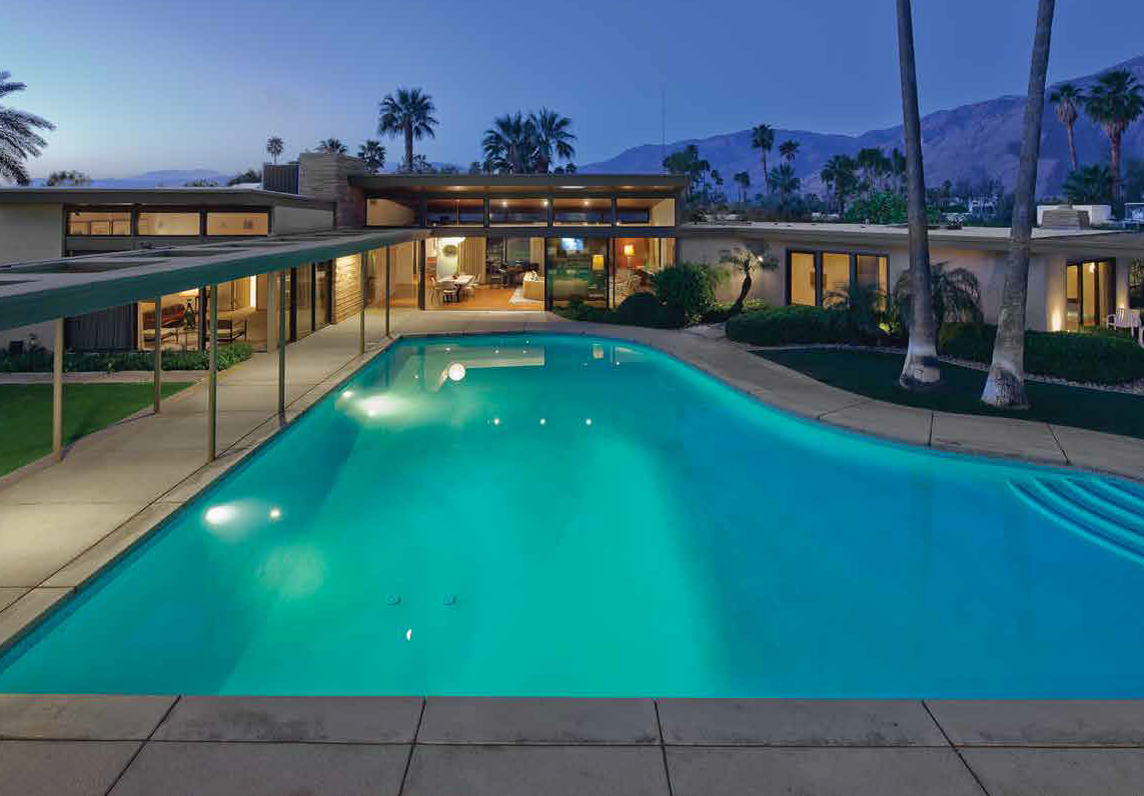On Monday I had one of the most interesting conversations of 2022, with former Chicago Tribune critic Blair Kamin. He’s got a new book out called “Who Is the City For? Architecture, Equity and the Public Realm in Chicago,” with photography by his former Sun-Times competitor, Lee Bey. It’s Kamin’s third in a trilogy of column collections from the Trib, all written over a 30-year career there. Granted, I haven’t gotten past the introduction to this near-300-page tome – but we did take a deep dive into the concept of equity in architecture on Monday, because it’s the theme that ties this book together:
Blair Kamin believes that the definition for equity in architecture and urban design needs to be expanded. Typically, he says, equity’s thought of as fair treatment for people and neighborhoods that have gotten the short end of the stick. It has another meaning, too, one that’s financial – as in shares of stock.
But he wants to expand the definition to include the spaces we share – in fair treatment for historically disadvantaged neighborhoods, and in upgrading the public realm. “It’s a more valuable and realized definition,” he says. “It’s not just helping people on the poor side of town, but to accrue to benefit all of us.”
Case in point: A proposal for the expansion of the Chicago Transit Authority’s Red Line to the southward border of the city – where currently it stops well short. Sure, it would serve lower-income African Americans with better transit. But there’s more to transit than moving people.
“A much broader benefit would make the Far South Side open to redevelopment and help create a larger labor pool, which is no small thing, given the labor shortage today,” he says. “It would give people the opportunity to take transit rather than cars – and also improve air quality.”
But there’s more: “You get higher prices for spaces that are selling, which means land and property taxes go up,” he says. “And the guy on the north side is less likely to have his property taxes raised, because a rising tide lifts all boats – that’s the lesson.”
Still, it doesn’t always work out as intended. Equity may be desirable, he asserts, but not simple. One example is The 606, a High Line-like park designed to provide open space to the off-lakefront area of Chicago. Housing around it was to be affordable, but just the opposite occurred. “The problem was that the development around it resulted in gentrification,” he says. “Luxury homes and condos were built, not affordable housing, so the people it was meant to help ended up marching on it.”
Equity, Kamin believes, is not a two-dimensional checkerboard, but a three-dimensional chess board. “Planners need to anticipate the negative impact of what they’re going to do,” he says.
For decades, Chicago has built centers of discrimination and tolerated unjust treatment of people of color – while affluent whites believed that the African American ghetto could be contained with public housing projects.
But, to paraphrase Malcolm X, the chickens are coming home to roost. “The violence there is now spilling over to the rest of the city,” Kamin says. “You can’t cordon it off, because it spills over.”
But he does point to one sparkling gem of unintended consequences, at the Crown Fountain in Millennium Park. There, towers display faces of people projected onto them, and transforms them into human gargoyles, blowing water onto the plaza below.
“The intent was to be for walking on a skim of water, but black and brown kids are now playing there with kids who are white,” he says. “They turned it into their own water park – a wonderfully raucous kind of theater, where people sit on benches just to watch the kids play.”
And sure, it’s easy to talk about sharing, but when it comes to buildings or infrastructure or parks, all of a sudden we’re talking about money. Still, there’s value in understanding that people are people – and that the public realm can bring them together, rather than isolate them.
“Common ground builds common humanity,” Kamin says. “Changing people’s worldview opens the door for new understanding about how we need to build cities, and realizing that cities are shared enterprises.”
Simple gestures – like the expansion of the Red Line or the historic preservation of Emmitt Till’s house – are only first steps in exploring equity for all.
Tomorrow: A Tale of Two Presidents
For more, go here.
[slideshow id=2496]


